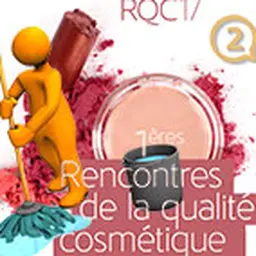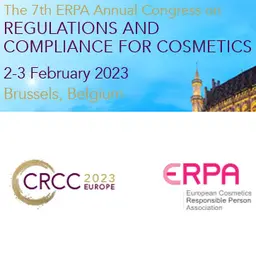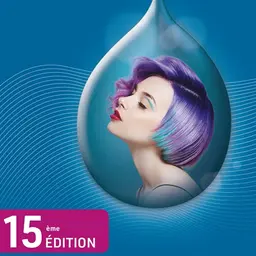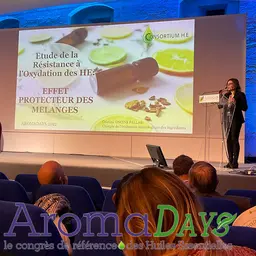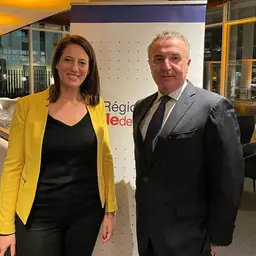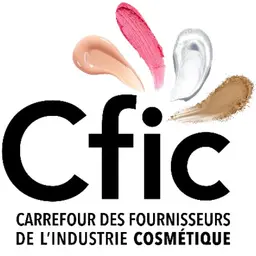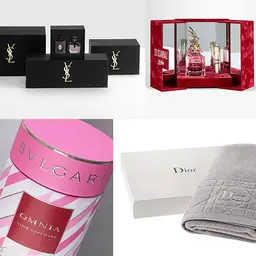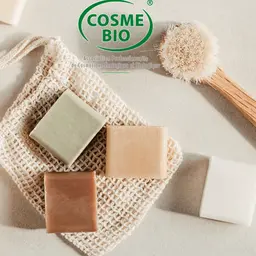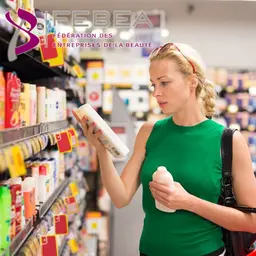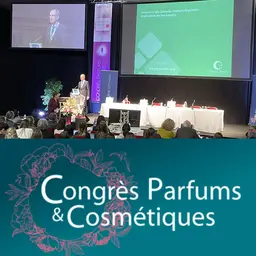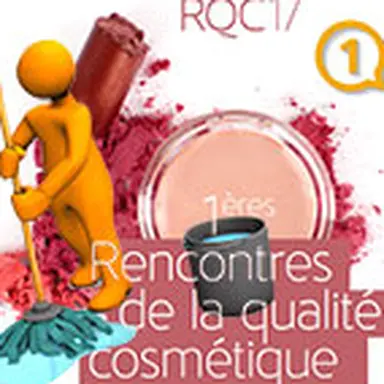
Giving the floor a sweep or hosing it down is not enough to fulfil the objectives set out in standard ISO 22716 on Good Manufacturing Practices – far from it! At the first Rencontres de la Qualité Cosmétique, a conference on cosmetic quality organized on March 30 by IFIS (French Training Institute for Healthcare Professionals) and FEBEA (French Federation of Beauty Companies), all prerequisites and the level of efficiency to be achieved were presented in detail.
Françoise Durand, Scientific Director of the Industries Division at Anios (a leader on the detergent and disinfectant market) and Bertrand Cormary, Production Quality Assurance Manager at Avène, a Pierre Fabre brand, took turns on the platform to screen all the aspects related to this issue.
As an introduction, Françoise Durand reiterated the fact that the cosmetics industry is characterized by great dynamics and fast changes. For example, formulas and new products are getting increasingly more complex… and their compounds more and more difficult to clean. She mentioned waterproof products, ‘long-lasting’ makeup, hydrophobic compounds like bentones, pigments, in particular oxides… to which can be added the issue of reducing the quantity of preservatives, which makes formulas weaker to possible contamination.
Meanwhile, there have been fast changes in terms of manufacturing and cleaning equipment, as production and cost optimization policies have been implemented, and companies have tried to reduce both water consumption and the time during which their production tools are brought to a standstill.
‘Over the past ten years, all these factors and the new requirements laid down in regulations have brought profound changes to the landscape and created new issues,’
she emphasized.
Regulatory framework
The main text to deal with …

